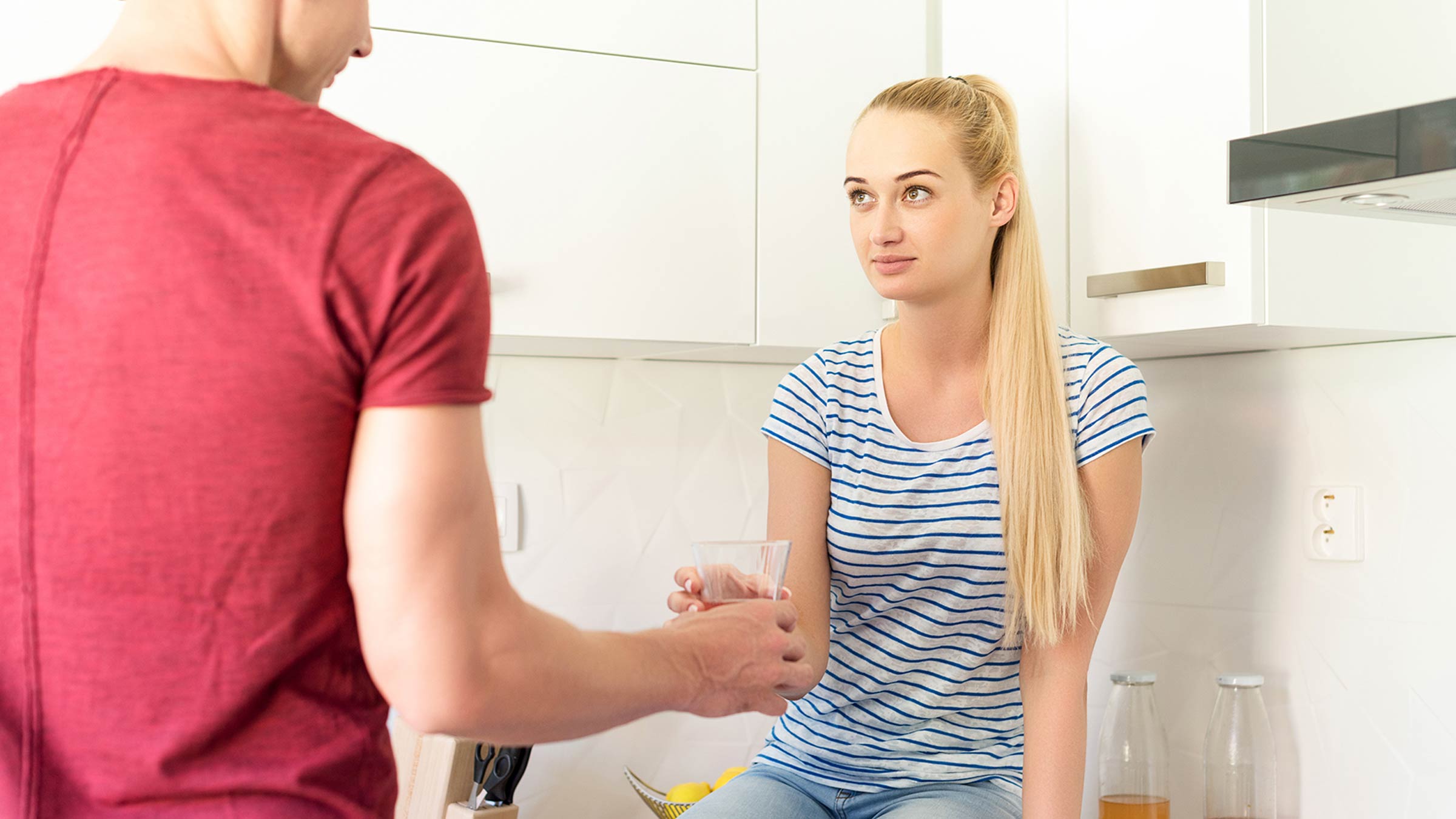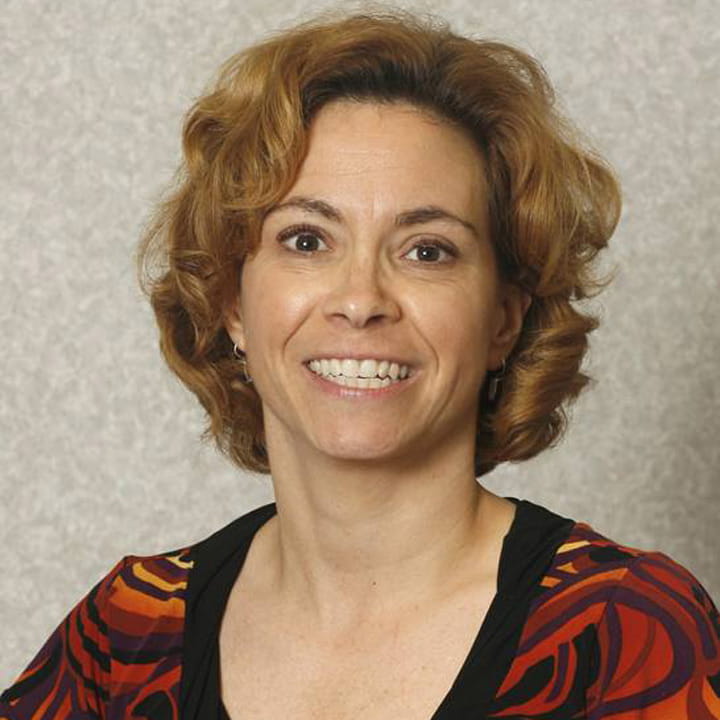
More than 30 million Americans – at least 9.4% of the U.S. population – have diabetes. Because of this, your odds of knowing or interacting with someone with diabetes are high.
There may come a day when one of those people needs your help.
Here, I’ll prepare you for that day and answer some of the questions you might have about the situation, regardless of whether the person has type 1 or type 2 diabetes.
How can I tell if someone has diabetes?
You can’t tell someone is diabetic just by looking at them. Many people have undiagnosed diabetes and very high blood sugar without realizing it themselves.
Some people with diabetes wear medical bracelets identifying the diagnosis.
How can I tell if someone has low blood sugar?
Someone with low blood sugar may have some or all of these symptoms:
- Trembling/shaking
- Confusion
- Dizziness
- Sweating
- Hunger
- Headaches
- Pale skin
- Anger, anxiety and irritability
If they don’t consume something quickly enough to treat the problem, they could have more serious symptoms, including passing out, experiencing mouth or tongue numbness, losing coordination or even experiencing seizures or coma.
If you know someone has diabetes and they’re displaying symptoms of low blood sugar, ask them if they’ve checked their blood sugar recently or if they could check it right away.
If their blood sugar is low enough, they may not be able to process the question. You can try to get them to eat or drink something to slowly raise it.
Some people may get defensive when you ask about their blood sugar, but it’s common to become irritable and act unlike yourself when it’s low.
What's considered low blood sugar?
Typically, blood sugar should be between 70 and 120 milligrams per deciliter (mg/dL). Below 70 mg/dL is considered hypoglycemia, or low blood sugar.
Blood sugar levels are a lot like temperatures, though. What’s too low for one person may not cause another person to have any adverse effects or symptoms. It’s best to try to focus on how the person feels and responds more than focusing too much on the difference between 68 and 70 mg/dL.
What can I do to help if someone’s blood sugar is low?
Ask them if they have anything to raise blood sugar. This might be a snack, chewable glucose tablets, which are created specifically to raise blood sugar quickly, or glucagon, which is often prescribed for people who use insulin and comes in different formulations, including a pre-mixed version and a nasal spray. If they don’t have any of those on hand, help them find a snack or drink that can raise that number.
A good rule of thumb is what we call the “rule of 15.” Someone with low blood sugar should eat 15 grams of carbohydrates and wait 15 minutes to see if their blood sugar level rises and they feel better. If the number stays below 70 or they’re still experiencing symptoms, repeat the process with another 15 grams of carbohydrates.
When your blood sugar is very low, it’s hard not to want to eat more — the hunger center of the brain is on overdrive to fix the problem. But that waiting period is important, because over-treating low blood sugar could make that number swing too high, causing a different problem.
Ideal foods for treating low blood sugar:
- Glucose tablets or gels, in increments of 15 grams of carbohydrates
- A small apple or orange, or ½ a banana
- Fruit juice (about ½ cup)
- Non-diet soda (about ½ cup, or one-third of a can)
Foods with protein or fat aren’t ideal because the glucose in them doesn’t break down quickly. When possible, avoid chocolate, peanut butter, cookies or ice cream, for example.
What if the person refuses to eat or drink?
Don't force food into their mouth. If they’re displaying strong symptoms of low blood sugar and/or their blood sugar has been checked and it’s very low, it’s time to call 911 when they can’t or won’t eat or drink on their own. Remember: Their brain isn’t processing the information properly to make this decision.
How can I be better prepared to help someone with diabetes in an emergency?
If you work closely with someone with diabetes or a family member is diagnosed with diabetes, ask the person how you can best be of help in an emergency. Learn more about type 1 and type 2 diabetes and how to recognize symptoms of low and high blood sugar.
If you’re diagnosed with diabetes yourself, make sure to tell family members and people you regularly interact with at work or school about your condition. They can help be on the lookout for symptoms and if you’re not acting like yourself. Let them know where you keep snacks or glucose tablets for emergencies.
Wearing a medical identification bracelet is a smart way to help first responders and others nearby know about your condition in an emergency.
Diabetes education classes are a perfect way to help people with diabetes and their families know how to manage the condition.
The American Diabetes Association also provides free, online educational courses and can direct you to a certified diabetes education course near you.






